I’ll start all this off with a long caveat. Shin Megami Tensei 4 on the 3DS was the first real SMT game I finished. But since Persona 1 came out on PS1, I’ve played pretty much every SMT spinoff. The core series has such an iconic identity among RPG fans – “The Dark Souls of JRPGs,” (because Souls and SMT are both accessible, you just have to put up with a lot of deaths).
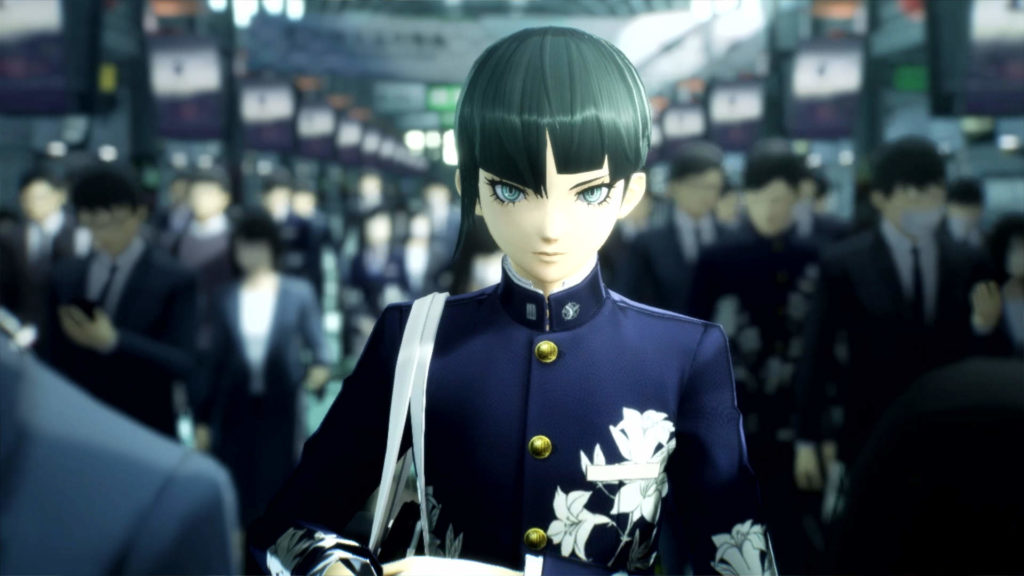
Except that last part is also ironic, because the first two SMTs are (legally) inaccessible in English unless you installed them on an early Apple device years ago before they got pulled. Anyway, what I’m trying to say is that I’m the kind of person a true SMT fan hates, while anyone who’s not a true SMT fan thinks is an SMT fan. Which includes me. I’m an SMT fan.
I played and dropped Shin Megami Tensei 3: Nocturne (this one weird trick will get true SMT fans to hate you). Even in “towns,” it’s a game where you could get into a random encounter between a recovery zone and the save point and die, losing hours of progress. Is it rare? Sure. But it can happen and becomes a constant source of pressure. More than the spinoffs, especially Persona, Nocturne will kill you and expect you to rebuild your party to prepare for its next attempted murder. When you combine the constant battling and game-overs with the relative lack of exposition, it was easy for me to drop it. The recent remake adds difficulty levels which will come in handy for the murder-averse (it’s on my waitlist, as atmospherically it’s excellent).
I liked Shin Megami Tensei 4. It has an interesting starting scenario that it ends up largely ignoring for hours, an extremely confusing world map, some impressively two-dimensional characters, and a pretty imbalanced battle system that is especially punishing early on. It was great. But seriously – outside of the opening section, it is more accessible than many spinoffs (Strange Journey, for one), and the fusion system and main character customization were made much easier. The encounters are random-ish, but not totally random, and there are plenty of interesting side quests. While the characters aren’t exciting, they are colorful and keep things moving.
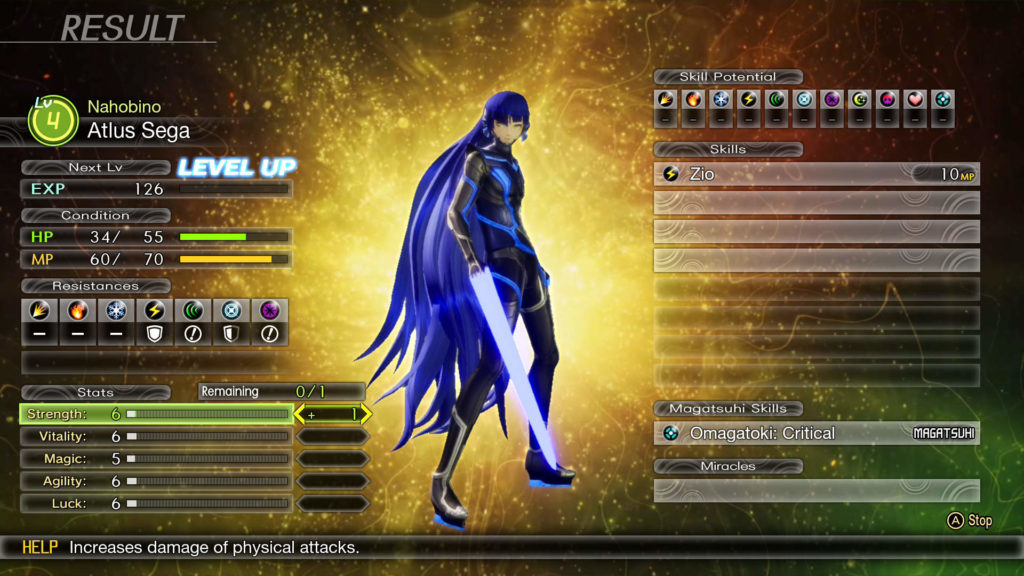
When SMT5 was announced, I was excited that it would be on the Switch because I’ve gotten away with not getting a new console specifically for a game this generation, and SMT5 was one of the few games that would persuade me to buy a console. The series’ weird blend of the post-apocalyptic with the pseudo-mythological gives it a unique feel despite a few copycat attempts. Where Persona has mythology crawling around in the backdrop (mostly in the personas themselves) and keeps modernity front-and-center, in SMT the reverse is true – even if 5 doesn’t make that as clear as SMT4 does.
One of Shin Megami Tensei 5’s strengths is that it plays well with its mythology, especially in its side quests. The mythological creatures – all described with the catch-all “demons” in game – come from all over the world (though there are definitely some regions better represented than others), but are frequently cast in appropriate or appropriate-ish roles, which serves the dual purpose of both educating the player and making a world where myth is real feel a little more plausible. In a world that’s largely hostile, there are a fair number of demons willing to talk to you and gripe about real-world (demon-world?) problems, which makes the world feel lived-in, just not by people.
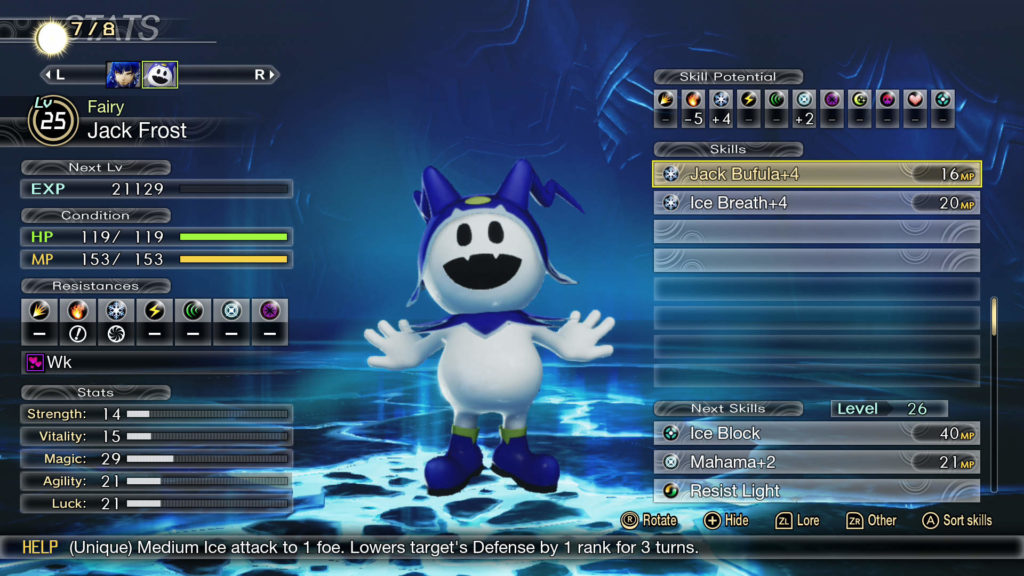
Shin Megami Tensei 5 really excels in its gameplay loop. While other games in the series have introduced elements of it at different stages, this entry integrates exploration with other gameplay mechanics so well that I found myself reaching the 50-hour point while still enjoying it. This makes SMT5 the longest game I’ve completed in 5 years. The core of the loop is the Abscess system – in which you explore large environments to find certain map points. Defeating a minor boss there unlocks game-changing abilities, which you can then purchase with in-game currency.
This loop also integrates really well with finding new demons, unexpected treasure, and the hidden Mimans (similar to mini medals – collectibles that give you bonuses when you hit certain thresholds). When I would play SMT5 for a bit, whether for 5 minutes or 50, I had some goal I could chip away at – and even if I ended up dying, it was a learning experience that helped me the next time.
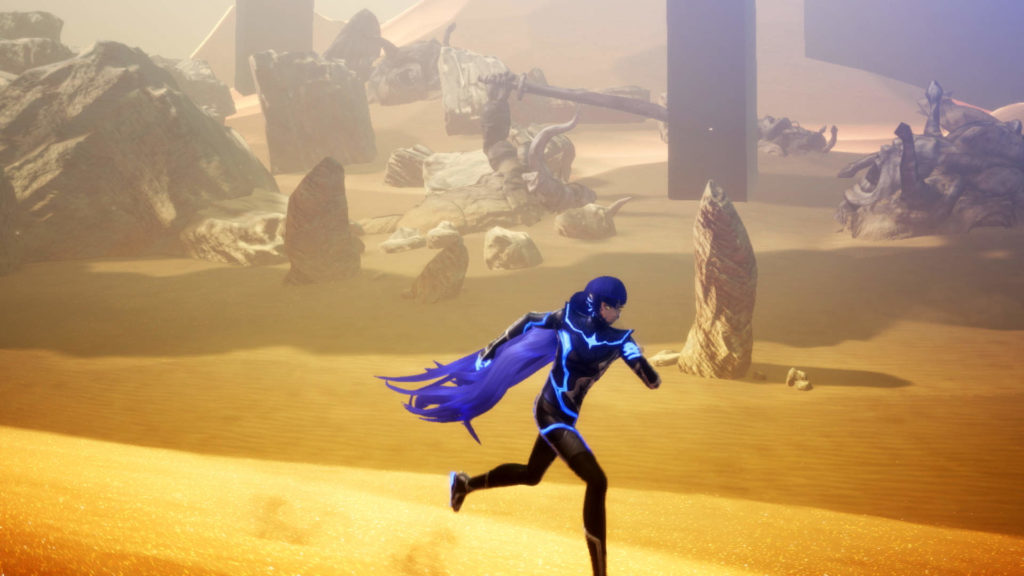
Where it comes up a bit short, though, is the plot. Compared to others in its genre, SMT5 really doesn’t spend much time developing its characters. A blank slate for the main character is kind of series standard, but only one of the main characters is actually given much in the way of development. Others change a little over the course of the game, but the development is largely declarative (“I’ve decided I’m going to X”) – similar to Shin Megami Tensei IV. The worldbuilding is likewise lackluster, and what little there is comes from side character dialogue. While the side-quests from demons, as mentioned above, are mostly good, what little dialogue there is from humans has to be specifically sought out and usually isn’t all that interesting.
Worse, the pacing of the plot leaves a lot to be desired. There is a twist several hours into the game (much like SMT4), and after that point the story focuses on comparatively minor characters for nearly half of the game, ignoring the driving point of the story. Since this comes at the same time as a particularly confusing exploration segment, it’s likely to turn off a lot of players. Although things pick up again in the last quarter of the game, developments occur in short bursts between hours of exploration.
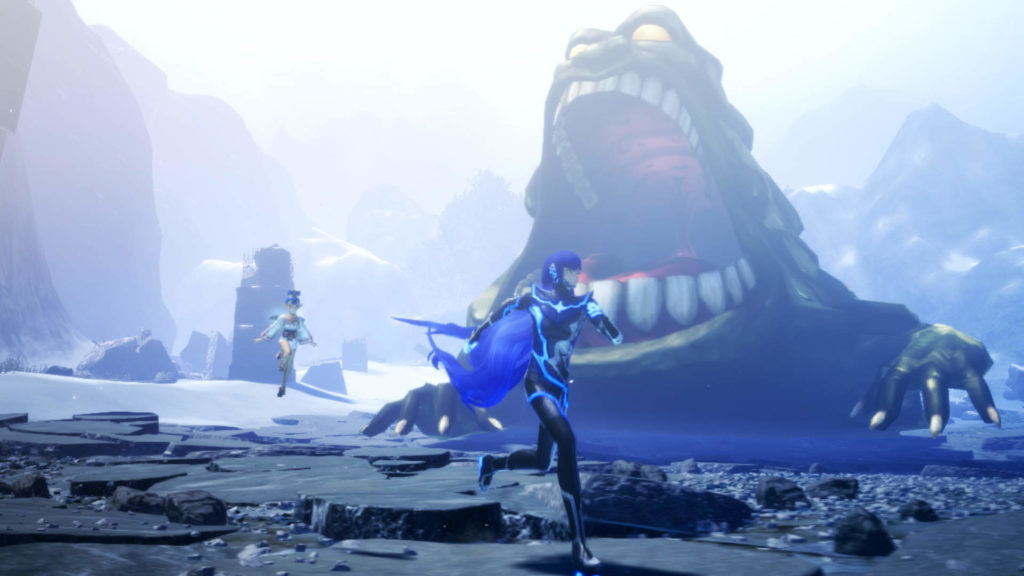
Like many RPGs, SMT5 has a hidden ending, but it is unlocked by completing a counter-intuitive spate of sidequests, one of which requires a substantial amount of leveling to even attempt. There are instant-level items rarely obtained from encounters, and stockpiling these can help, but even with the ability to change difficulty in-game, it’s a particularly egregious barrier. Unlike its predecessors, though, there are no other restrictions on endgame routes, though there are bonuses for “following your alignment” (that said, there’s probably an entire series of articles that could be written on how game alignments and in particular SMT alignments aren’t consistent, and this game is no exception).
I do think that Shin Megami Tensei 5 is pretty different from its predecessors, especially Nocturne. It’s much more accessible and focused on exploration. I think all in all these are good changes – for example, the new Spyglass item obviates the need to try every element against a new enemy , fusions are more intuitive and much easier to search, and for most of the game you can warp back to a save point with a button press. Although some of the tension has been removed, it’s still easy to get in over your head if you’re not careful. The harder difficulty level still exists for those looking for a more “classic” (punishing) experience. I found the Normal difficulty a little easier than I expected, but boss fights and normal encounters still killed me several times.
If you’re new to the series and considering a new RPG, this is a great entry point. It’s easy to learn the battle system and fusion through experimentation. If you’re a veteran of the series, and you’re expecting something as nail-bitingly hard as Nocturne, this might not be your favorite – but more SMT can’t be all bad.



Chris, this is a fantastic writeup. Almost makes me want to play V. Except for the fact that …
… I have almost every game in the franchise that’s been released in the west, but I’ve only beaten one of them. It’s the series I keep wanting to like, but I fail to do so over and over again.
Briefly, my key issues with the franchise are:
It’s a series with so many great ideas, but I think it is extremely player hostile. Even if you know what to do (perhaps because you looked up tips online), execution requires far too much busy work.
(FWIW, the only game I’ve beaten in the series is Soul Hackers on 3DS, because I exploited something in its design. You can temporarily lower the difficulty to “Easy” before you do fusions, which lowers the cost of summoning demons from the Compendium to bargain basement prices. This in turn makes it much more affordable to simply fuse demons for the sake of it and/or to complete the Compendium. This in turn makes life easier for you, because if you need a particular demon in order to achieve a particular fusion, chances are you’ll have it when you need it.
I really ought to write some more about this. In a real post.
I can understand not finishing an SMT game. Personally I haven’t finished several (including Soul Hackers, incidentally – I didn’t like the Magnetite mechanics, but I should give it another shot someday).
I do think this is by far the most accessible game in the series, including the Persona games. I’m 15 hours into Strange Journey Redux and wow, is it hostile in tone and mechanics, especially compared to SMT5 – and this is the “easier” version.
I personally have a lot of trouble with the constant rotation of demons/personae too. It’s a tough balance. SMT5 made finding fuseable demons much, much easier (you get a straight-up listing of all demons you can fuse, optionally with/without using the compendium). You can can also pick the skills that go on the demon, so outside the rare fusion accident (I didn’t get one the whole game) you know exactly what you’re getting. Demons have proficiencies, so they’re still distinct from each other, but any demon can use any skill (just might cost a bunch more SP).
I touched on it a tiny bit, but the Spyglass also eliminates another dumb thing about the older games – by using one, you can immediately see not only the enemy’s weaknesses but also all attacks that it uses and their elements. There are even “null once” consumables that you can use as an emergency barrier against individual elements.
In the older games you would approach a boss with a “throwaway” team, try every element to figure out a weakness (if there was one), and then reload to prepare again with knowledge of what you’re getting into.
Hey, I’m also trying to go through Strange Journey Redux! It definitely feels more manageable than the original version (which I I stopped after the first boss), though it still has its quirks.
I like some of the things you’re describing in V. It’s nice to think that the series is trying to take some of the guesswork out of the process, as well as the trial and error. Your remarks about building a throwaway team for a given boss hit close to home. It’s like the series wants you not to get attached to your demons, but then also forces you to put a lot of work into making/growing them. You can’t really have it both ways.
I have finished SMT1, IV, and Strange Journey and keep wanting to like the series. Some combination of the setting and the mechanics keeps me from really enjoying the games. I want to say the coldness of the setting puts me off but then I also kind of like off putting, cold games like Froms (including their older work) or something like the PDS series. It could be I just prefer my aloof games to have fantasy settings.
I’ve finished Etrian Odyssey 1 through 5 so it’s probably not the dungeon crawling that I dislike about SMT. The demon fusion and recruiting stuff feels like busy work maybe and that sucks. The overworld maps are also mostly terrible. You’d think having been to Tokyo repeatedly would give me some concept of how to navigate it but the way the maps are laid out, nope.
This was mostly rambling and not well thought out, but I did buy SMTV and likely will continue playing games from the series because I want to like it. The Devil Survivor SRPGs were cool despite the hyper anti-gravity boobs, but then I enjoy most SRPGs.